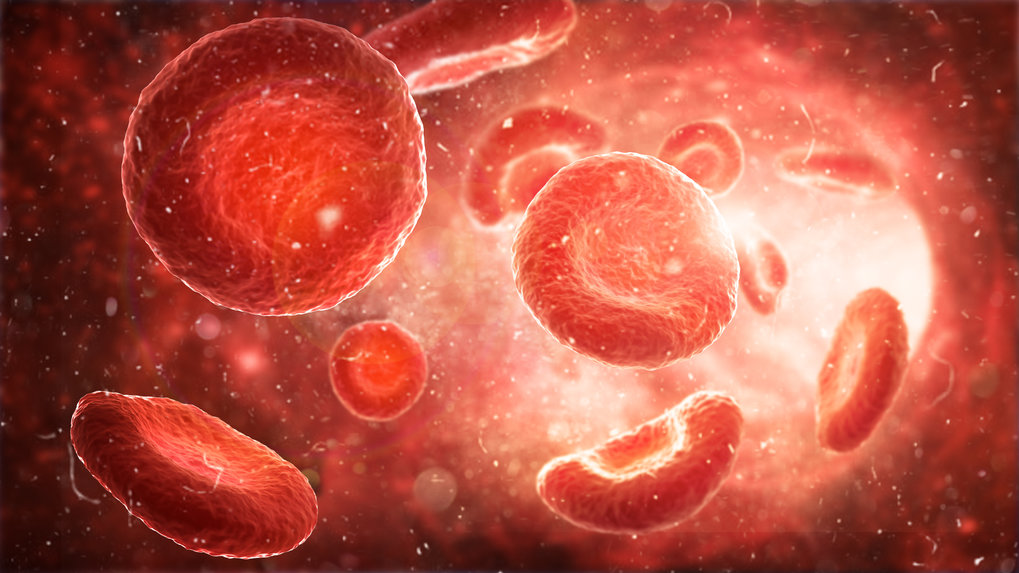
Liwocha, J., Krist, D.T., van der Heden van Noort, G.J., Hansen, F.M., Truong, V.H., Karayel, O., Purser, N., Houston, D., Burton, N., Bostock, M.J., Sattler, M., Mann, M., Harrison, J.S., Kleiger, G., Ovaa, H., and Schulman, B.A.
(IMPRS-LS students are in bold)
Nat Chem Biol, 2020, online ahead of print.
doi: 10.1038/s41589-020-00696-0
Linkage-specific ubiquitin chain formation depends on a lysine hydrocarbon ruler
Virtually all aspects of cell biology are regulated by a ubiquitin code where distinct ubiquitin chain architectures guide the binding events and itineraries of modified substrates. Various combinations of E2 and E3 enzymes accomplish chain formation by forging isopeptide bonds between the C terminus of their transiently linked donor ubiquitin and a specific nucleophilic amino acid on the acceptor ubiquitin, yet it is unknown whether the fundamental feature of most acceptors-the lysine side chain-affects catalysis. Here, use of synthetic ubiquitins with non-natural acceptor site replacements reveals that the aliphatic side chain specifying reactive amine geometry is a determinant of the ubiquitin code, through unanticipated and complex reliance of many distinct ubiquitin-carrying enzymes on a canonical acceptor lysine.
 Congratulations on your PhD!
Congratulations on your PhD!


